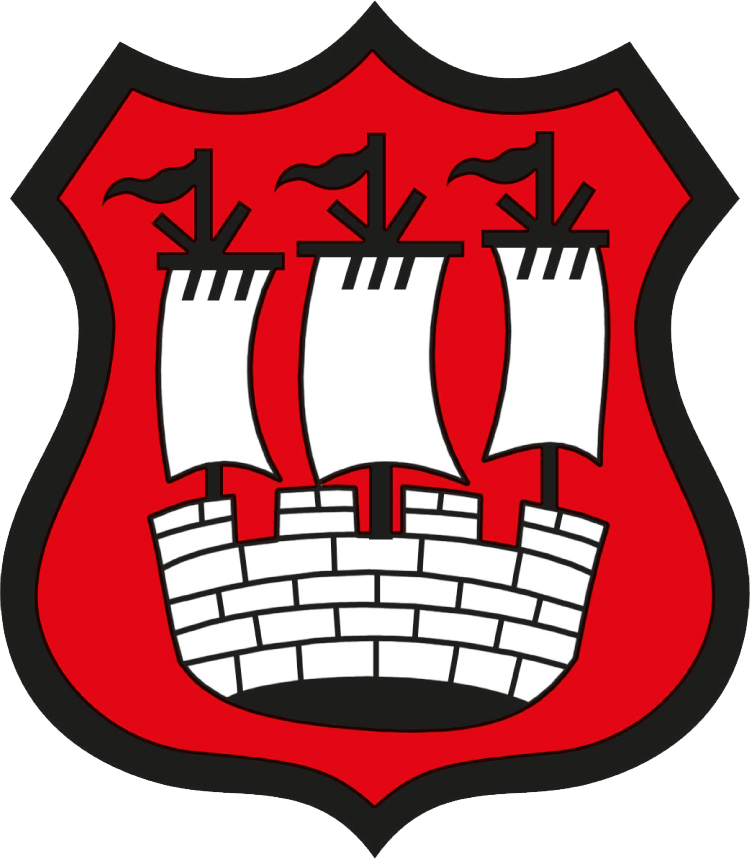Latest News
-
Summer 2023 - Examination Certificate Collection
14 Nov 23Summer 2023 - Examination Certificate Collection Certificates for students who have left Welling School will be available for collection on Wednesday 22nd November between 3.15pm and 5.45pm.
Read More -
Ofsted Inspection - Wednesday 4 and Thursday 5 October
3 Oct 23Welling School has been notified of a Section 5 Ofsted Inspection taking place on Wednesday 4th and Thursday 5th October 2023.
Read More -
Thorpe Park Trip - Friday 8th September
6 Sep 23Please see a letter from Mr Knight with final arrangements of the Thorpe Park Trip on Friday 8 September.
Read More -
Changes to the School Day
1 Sep 23Timings of Day
Period
08:00
Breakfast Service (Free to all…
Read More -
GCSE Results 2023
24 Aug 23Year 11 Results 2023 Welling School is celebrating Year 11 results day.
Read More -
A-Level Results Day 2023 Press Release
17 Aug 23A massive well done to all our Year 13 Sixth Form Students on their results!
Read More -
Careers & Futures Evening - 14 December 2023
Welling School Careers and Futures Evening - 14th December 2023 Dear Parents and Carers, I am writing to let you know that we will be holding our inaugural Careers and Futures Evening for Year 9, 10, 11, 12 & 13 students on the 14th December 5.00pm - 7.00pm.
Read More -
Letter to Parents - Parent Forum
Dear Families Parent Forum Event I would like to invite all parents and carers to a Parent Forum which will be held on Monday, 11th December 2023 from 5.00pm-6.00pm.
Read More
- 24th GCSE Results 2023
